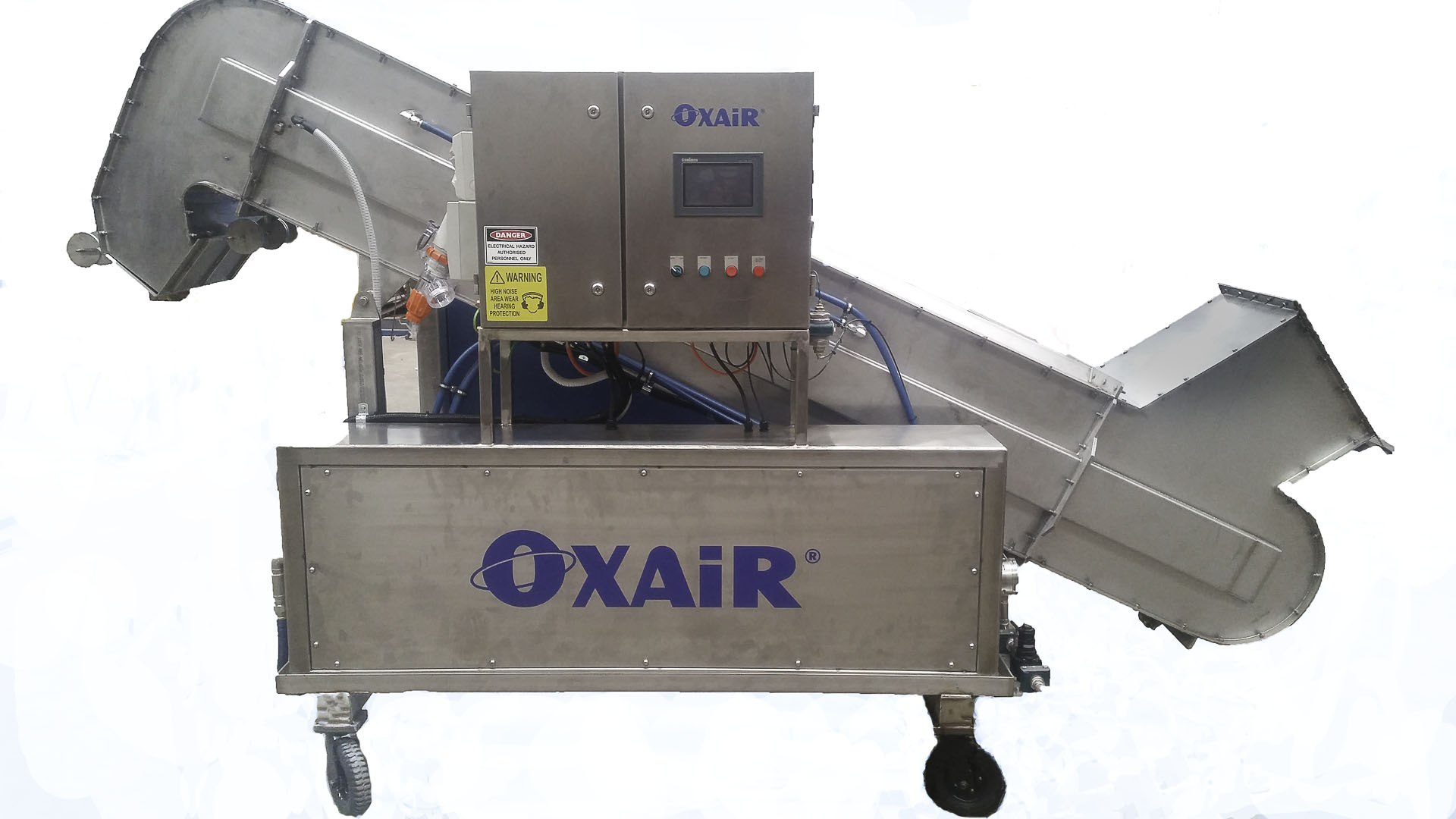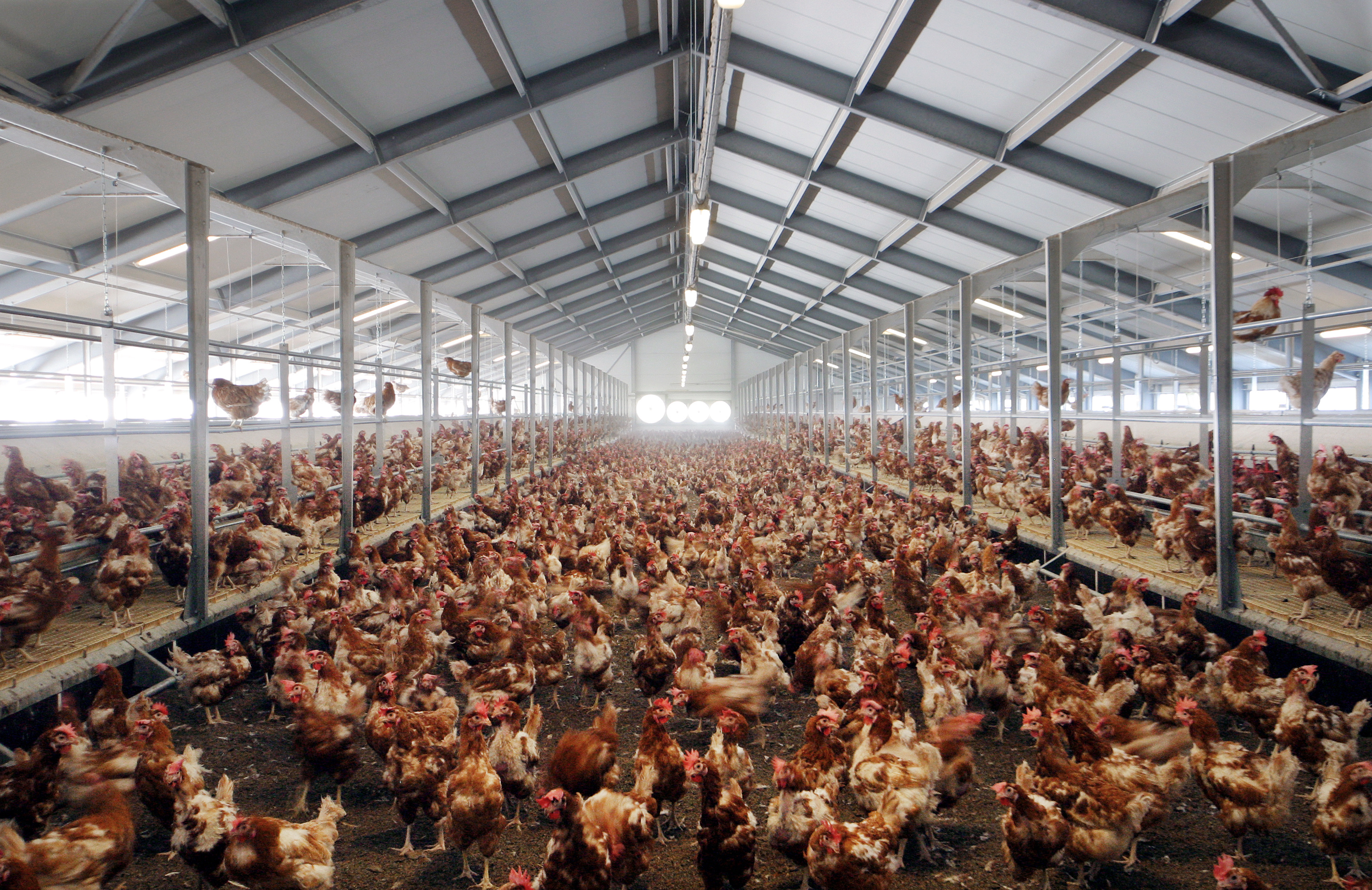



Spent layers can be culled humanely and sustainably
Jim Newell of gas separation specialist Oxair, examines the pros and cons of layer depopulation methods - including the latest humane innovation.Culling of ageing poultry in a humane and hassle-free manner has long proved a challenge for poultry farmers, especially where very large flocks are concerned. As the price for layer-meat has reduced significantly in recent years, the outlay involved in shipping spent layers off to poultry processing plants has made this option commercially unviable for most poultry farmers, so methods are sought which can be easily carried out onsite and en masse.
There is now a semi-automated nitrogen gas system for euthanising poultry that doesn’t stress the birds and is an alternative to modified atmosphere killing (MAK) using carbon dioxide, widely considered to be the most practical and humanely acceptable method. Carbon dioxide MAK continues to be fraught with ongoing concerns about how humane the procedure really is.

Nitrogen gas has been trialled before, given its non-aversive nature in comparison to CO2, and has produced positive results. As the air inhaled by animals already contains 79 percent nitrogen, the body is not averse to accepting this gas and readily accepts the higher concentrations used in nitrogen euthanasia methods. Birds exposed to this high concentration of nitrogen are gently put to sleep without an awareness of what is happening, and pure nitrogen gas is used rather than a layer of nitrogen foam, avoiding a suffocating effect.
However, up to now the limited options tend to be based on the same format used for CO2 applications, merely replacing the CO2 with nitrogen, meaning that many of the practical challenges associated with MAK still remain. The new nitrogen-based kit could be a game changer.
Technologists have developed this equipment using the container method combined with a variable speed conveyer, which gently guides poultry into a sealed nitrogen environment, reducing the need for handling or restraining the birds. Nitrogen gas is then injected into the sealed chamber and the birds are gradually put to sleep within 15 - 30 seconds of entering. The entire process takes 2 - 3 minutes for complete euthanasia to be effective, during which the birds experience no pain or distress.
The fully enclosed system ensures no danger to the operator and no risk that the birds may regain consciousness or fight the procedure. It can be mounted on a portable platform allowing ease of transport away from the barn, and large and small models have been successfully custom built, allowing up to several thousand birds per hour to be euthanised in this way.
Once the procedure is complete, the carcasses are automatically emptied from the machine into a container for ease of removal away from the barn, reducing the need for the operator to handle the dead birds or come into contact with waste fluids. The machine also manufactures its own nitrogen onsite, meaning that staff needn’t wait on deliveries of costly CO2 consumables.
This latest technology using sealed nitrogen gas combines the best aspects of the other methods and is a more humane alternative to the commonly used approach for large flocks, where spent hens are euthanised by MAK either in batches by using containers which are sufficiently airtight, or by means of in-barn gassing using carbon dioxide foam.

Although the container method can be practical in terms of creating a sealed environment, in order to speed the process up for very large flocks or in cases of disease, in-barn use of carbon dioxide foam gets the process completed in one go. If administered correctly, using either method the entire procedure takes approximately double the time of the latest technology to be fully effective once all the foam or gas has been distributed. Whilst only a matter of minutes, this method is not without its drawbacks, not least of all concerns about the physical effects of CO2 on the birds. The fact cannot be avoided that upon inhalation, CO2 at this concentration converts to a strong carbonic acid. It is also extremely cold.
Furthermore, using the in-barn method, there is the obvious risk to the operator of CO2 exposure, as well as the potential for human error, for example if insufficient foam is administered, or if ventilation units to the barn are not adequately sealed. In the event that some of the flock survive the procedure, a secondary method of euthanasia would then be needed, causing further distress to the birds.
All things considered, when it comes to balancing animal welfare, staff safety and operational efficiency it is essential for layer farms to establish standard operating procedures to ensure that culling of spent poultry is undertaken to the highest standards in a realistically sustainable manner. Whilst using CO2 for mass depopulation of flocks may comply with the majority of internationally agreed welfare standards, it cannot be denied that the procedure whilst fairly brief, can still cause significant pain and distress to the birds, and is not always straightforward in its application. The latest technology using a sealed nitrogen gas method combines the best aspects of the other methods whilst effectively eliminating the challenges in a fully humane way.









